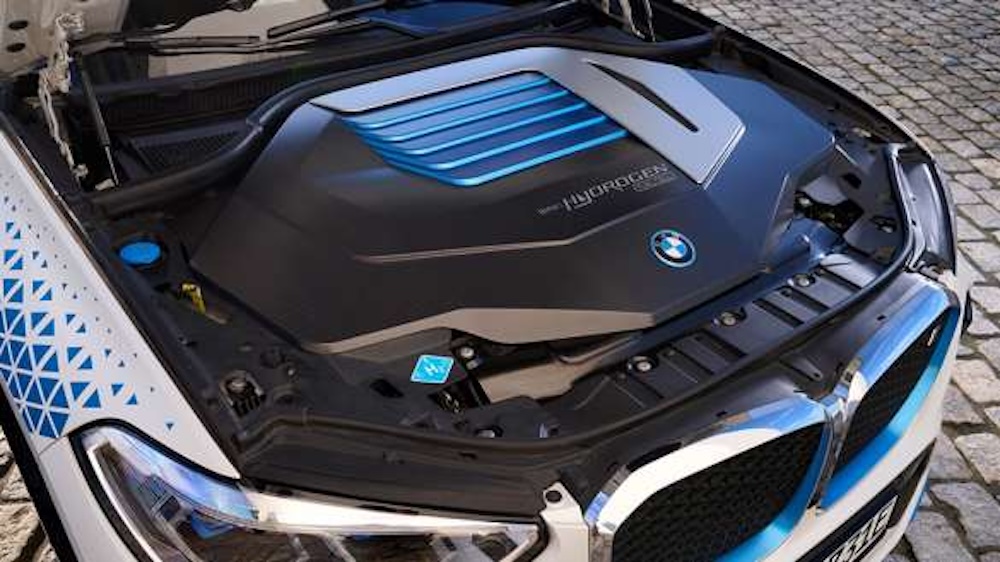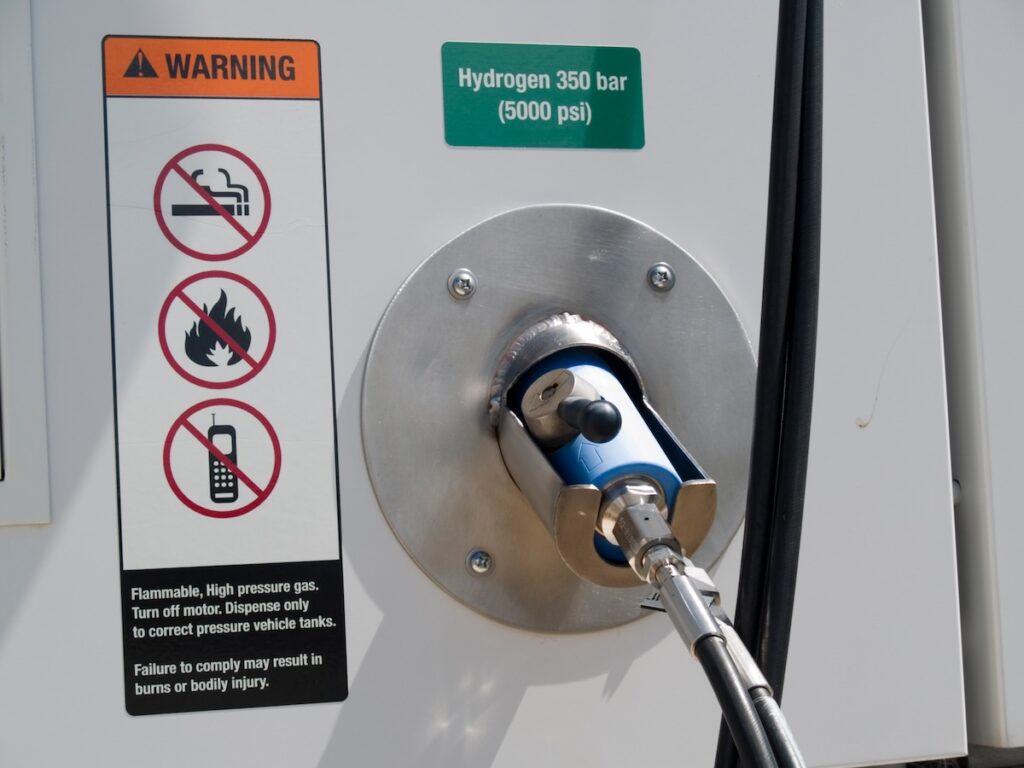More and more car manufacturers are investing in automotive research hydrogen engines, which however still leaves doubts and perplexities. So how does it work Really? And, above all, we can expect in a few years to be able to buy ahydrogen cars?
We talked about it in the Driving Fjona video, click below to watch it:
Hydrogen cars, where are we at?
A special guest sitting next to Fjona Cakalli: it’s about Luca Perri, astrophysicist and scientific communicator of the Merate Observatory and the Milan Planetarium. The question of the day concerns hydrogen cars and all the myths and questions that surround it.
Luca Perri has undertaken to summarize everything there is to know about this technology still in development, while Fjona Cakalli is driving a hydrogen prototype of the BMW X5.
The different types of hydrogen
Among the most common questions regardinghydrogen and its use in the world of auto it’s because there hasn’t yet been enough investment in this direction, favoring electric. Actually, as he also explains Luca Perrimost car companies that are researching hydrogen also produce electric cars.
The problem, explains the astrophysicist, lies mainly in the production ofhydrogen, which can be identified in different types, with different production costs. The optimal goal would be the production and distribution of green hydrogenwhich however poses considerable difficulties.
“There are production characteristics that determine the preferability of one hydrogen over another as regards the issue of pollution,” explains the astrophysicist.
What, then, are the types of hydrogen? He actually tells us about it Luca Perritraveling with Fjona Cakallibefore explaining how the hydrogen car works:
“If you produce hydrogen from methane it is not great in terms of sustainability, because in the process you release carbon which connects with atmospheric oxygen creating CO2, the one we are trying to eliminate. This is the so-called gray hydrogen, which costs much less and is therefore unfortunately used more.
There is blue hydrogen, where the carbon created is captured and stored and is not released into the atmosphere. It is more ecological but the so-called “carbon capture” also costs more. Then there is green hydrogen which is produced from water and oxygen is released into the atmosphere. The problem is that it must be produced at a higher cost than the gray one and then it is made from water, which is a useful good and which is becoming a luxury.”

Solutions for producing hydrogen
So what could be the solutions for produce hydrogen? Here too there is no definitive answer, as there are many solutions but none are completely green. At the moment, in fact, the production chain is not yet suitable for the requests and necessary quantities that would be needed for the hydrogen cars.
This, he explains Luca Perri in Fjona, because geopolitical issues also come into play:
“To produce hydrogen from water you also need a lot of electrical energy, to split the water molecule. If I don’t use energy from renewable sources, I’m polluting anyway. The optimum would be “use water and use renewable energy”. It can be done by getting solar energy in very sunny places.
Sometimes I correspond to nations that are currently also oil producers and are investing quite a bit in hydrogen such as the United Arab Emirates and Saudi Arabia. Or I go to get it in places where water is scarce. For example, North Africa, where there is a lot of potential renewable energy but no water. If it is missing I have to find it in the deep aquifers, but it is not sustainable from a human point of view.”
Another question posed by the use ofhydrogen in engines from the auto is that of transportation. Producing hydrogen in North Africa or Saudi Arabia means that it must then be transported, and for the moment this mainly happens by road or ship, causing further pollution. Are there alternative methods? For now, the pipes used for methane, says Luca Perri, are not suitable:
“There are those who have done it by starting from methane pipes and injecting hydrogen mixed with methane. However, the mixture, once used, pollutes more than normal methane. Someone has hypothesized the use of old pipes that are no longer used but hydrogen, if it is to be moved efficiently, must be cooled a lot, even to -250 degrees, and the pipes cannot hold up.”
Hydrogen cars, how does it work and how much does it cost?
L’hydrogen, unlike electricity, is a carrier. It is therefore not a fuel, but a way of storing and transporting energy in a different form. In the’auto, in particular, is transformed into electric current. Luca Perri explained to Fjona how does it work this process inhydrogen cars:
“The fuel cell takes hydrogen, splits it, passes it through membranes in which protons and electrons are separated. Protons combine with oxygen and expel water vapor while electrons flow into metal parts and produce electricity.”
Fuel cell because the prototype of BMW X5 on which they traveled Fjona Cakalli and Luca Perri it is a “Full Cell” hydrogen car, equipped with a fuel cell made by Toyota that transforms hydrogen in electric current.

But how much does one costhydrogen car in terms of consumption? It’s not exactly cheap. From the Driving Fjona video it emerges that hydrogen costs between 20 and 25 euros per kilo. The cylinder with which the prototype is equipped BMW X5 it is six kilos, which translates into 100-150 euros for a full tank to cover around 600 km.
What is Luca Perri’s response to the future of hydrogen cars?
“I see the future of the car as difficult. Hydrogen could be the solution for one part, alongside electric. If both supply chains were developed, reducing costs and optimizing hydrogen transport, then there could also be a market.”
















Leave a Reply
View Comments